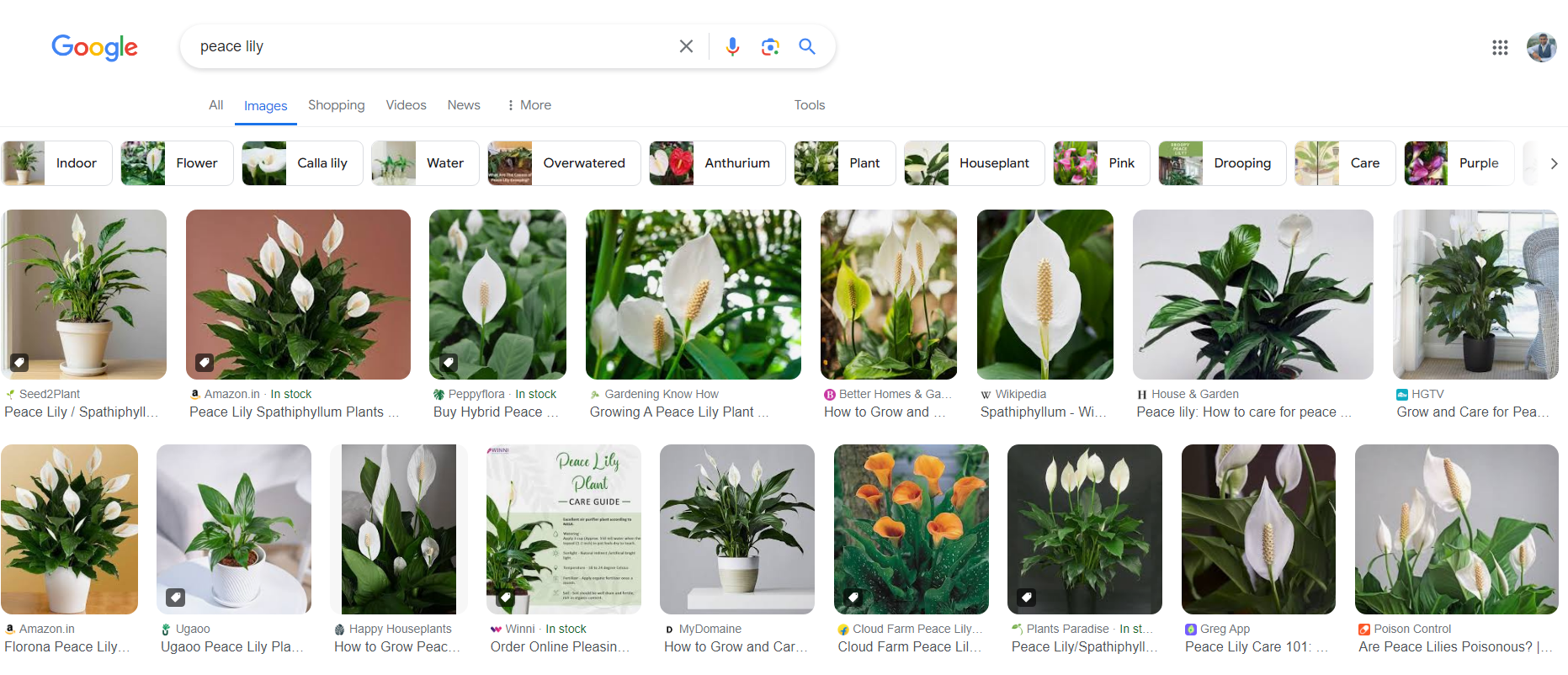
What Is Image SEO?
Image SEO refers to the process of optimizing images to improve their visibility and ranking on search engine results pages (SERPs). This involves various techniques aimed at making images more accessible and understandable to search engines, ultimately enhancing the overall SEO performance of a website. Effective Image SEO not only aids in better ranking of web pages but also drives traffic through image searches.
Optimizing images involves several aspects, including file name, alt text, image size, and format, all of which contribute to making images more searchable and relevant to user queries. By doing so, websites can tap into an additional avenue for attracting organic traffic, as search engines like Google increasingly emphasize visual content in their search results.
Where Can Images Appear in Search?
Optimized images can appear in various locations within search engine results, each offering unique opportunities to attract users. Here are the primary places where images can show up in search:
1. Google Images:
- Google Images is a dedicated search engine for images, where users can find visual content related to their queries. Optimized images have a higher chance of appearing in Google Images, driving direct traffic to the website hosting the image.
2. Featured Snippets:
- Featured snippets are highlighted boxes that appear at the top of SERPs, providing concise answers to user queries. Images included in featured snippets can significantly enhance visibility and click-through rates.
3. Knowledge Graph and Panels:
- Images can also appear in knowledge panels and the Knowledge Graph, providing visual context to the information displayed. These are typically seen in searches related to people, places, and things.
4. Organic Search Results:
- Images can enhance the appearance of web pages in organic search results. Thumbnails next to search listings can make the results more attractive and clickable.
5. Google Discover:
- Google Discover is a personalized feed of content based on user interests and search history. Optimized images can help content stand out in this feed, attracting more clicks and engagement.
How to Optimize Images for SEO
Effective Image SEO involves a combination of technical and creative strategies. Here are the essential steps to optimize images for SEO:
1. Use Descriptive and Relevant File Names:
- Start with a descriptive and keyword-rich file name that accurately reflects the content of the image. Instead of generic names like “IMG_1234.jpg,” use descriptive names like “blue-sneakers-running.jpg.” This helps search engines understand the image’s context.
2. Optimize Alt Text:
- Alt text (alternative text) provides a textual description of an image, helping search engines and visually impaired users understand the content. Write concise, descriptive alt text that includes relevant keywords naturally. For instance, “A pair of blue sneakers designed for running.”
3. Choose the Right File Format:
- Selecting the appropriate file format is crucial for balancing image quality and load speed. Common formats include JPEG, PNG, and WebP. JPEG is ideal for photographs due to its balance of quality and size, while PNG is suitable for images requiring transparency. WebP offers superior compression and quality but may not be supported by all browsers.
4. Compress Images:
- Large image files can slow down your website, negatively impacting user experience and SEO. Use image compression tools like TinyPNG, JPEG-Optimizer, or online services to reduce file size without compromising quality. Aim for images that load quickly on all devices.
5. Create Responsive Images:
- With the increasing use of mobile devices, it’s essential to ensure that images are responsive. Use the “srcset” attribute in HTML to provide different image sizes for different screen resolutions. This ensures that the appropriate image is loaded based on the user’s device, improving load times and user experience.
6. Add Structured Data:
- Implement structured data (schema markup) to help search engines understand the context of your images. For instance, use the “ImageObject” schema to provide detailed information about the image, such as its title, description, and URL. This can enhance your chances of appearing in rich results.
7. Optimize Image Titles and Captions:
- Image titles and captions provide additional context and can enhance user engagement. Ensure that titles are descriptive and relevant, while captions add valuable information that complements the image and content.
8. Use High-Quality Images:
- High-quality images are more likely to engage users and earn backlinks, which can boost your overall SEO. Invest in professional photography or use high-resolution stock images that are relevant to your content.
9. Implement Lazy Loading:
- Lazy loading defers the loading of images until they are needed, improving initial page load speed. This technique is particularly useful for pages with many images, as it reduces the load time and enhances user experience.
10. Create an Image Sitemap:
- An image sitemap helps search engines discover and index your images more effectively. Include the image location, title, caption, and license information in the sitemap. Submit the image sitemap through Google Search Console to improve image indexing.
11. Leverage Social Media:
- Share your optimized images on social media platforms to increase visibility and drive traffic. Ensure that images are appropriately sized for each platform and include relevant keywords and hashtags.
12. Regularly Update and Audit Images:
- Regularly audit your website’s images to ensure they remain optimized and relevant. Replace outdated images, update alt text, and re-compress images if necessary to maintain optimal performance.
Conclusion
Image SEO is an integral component of a comprehensive SEO strategy. By optimizing images effectively, you can enhance user experience, improve page load times, and increase your website’s visibility across various search platforms. Implementing the best practices outlined in this guide will help you leverage the power of images to drive organic traffic and achieve your digital marketing goals. Remember, every image on your website is an opportunity to engage users and enhance your SEO performance – make the most of it!






